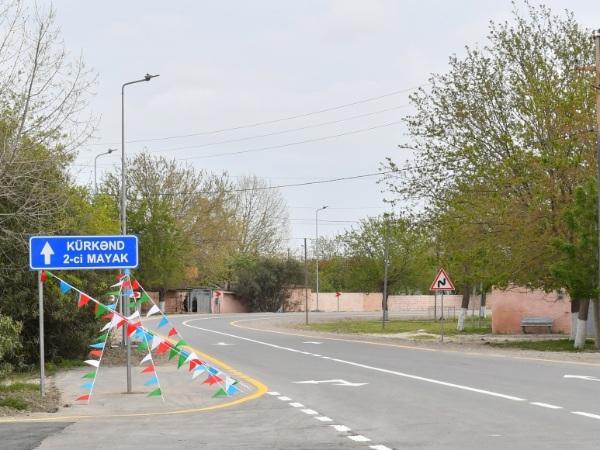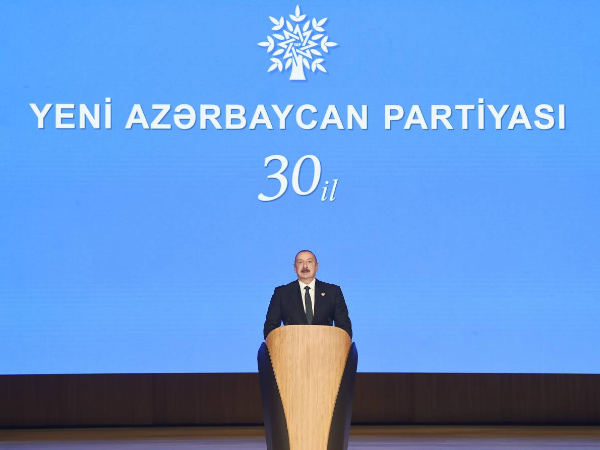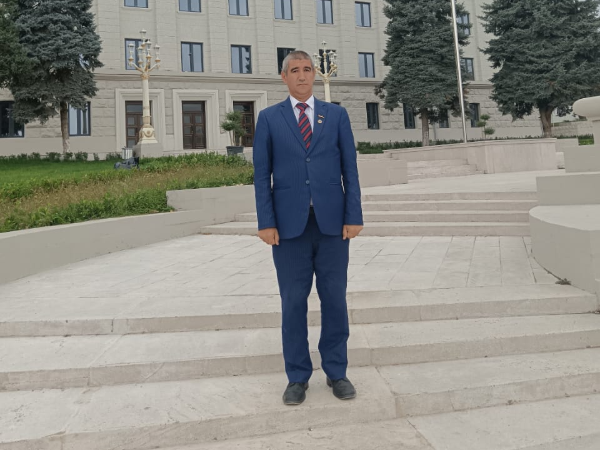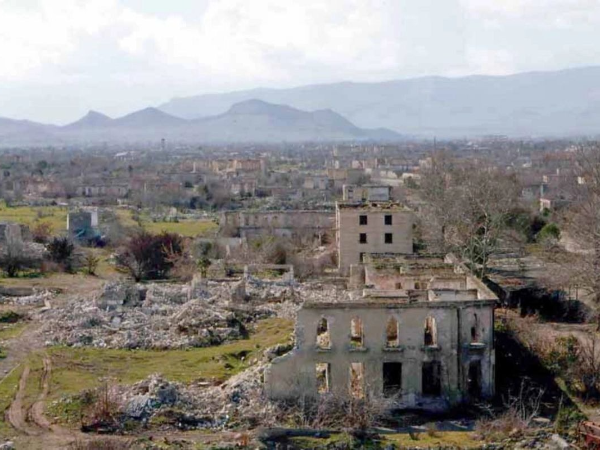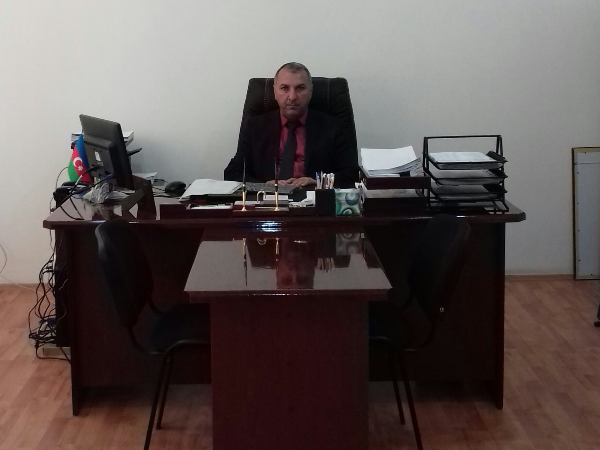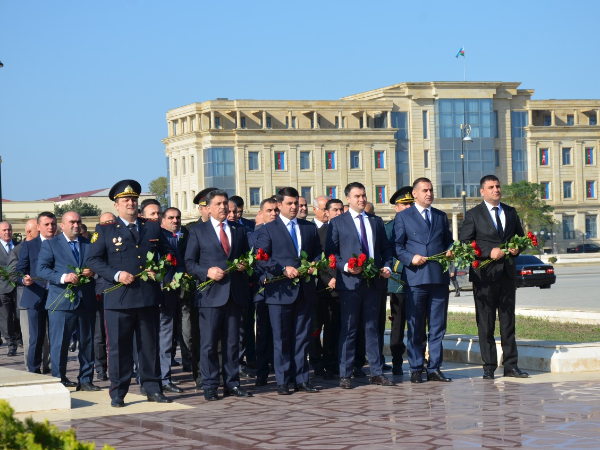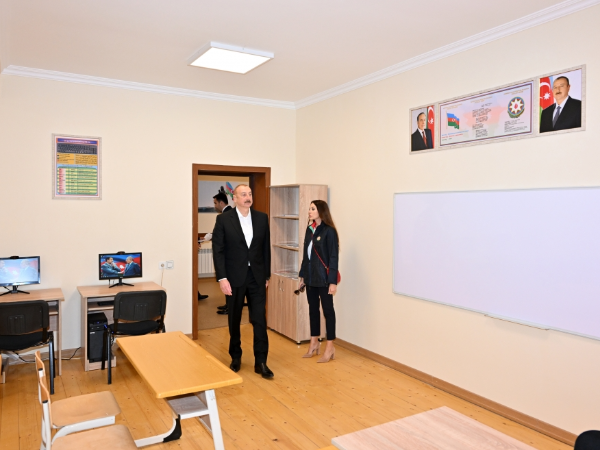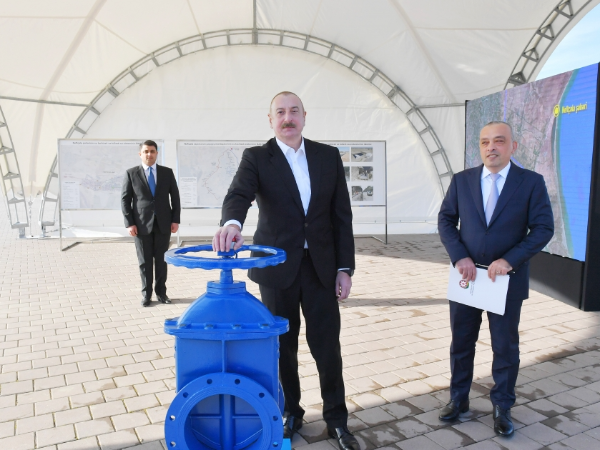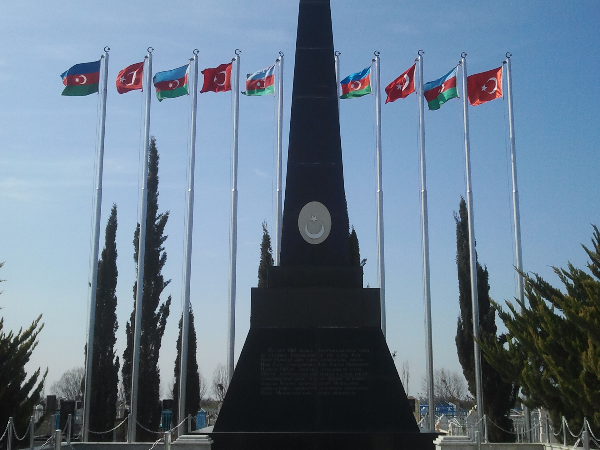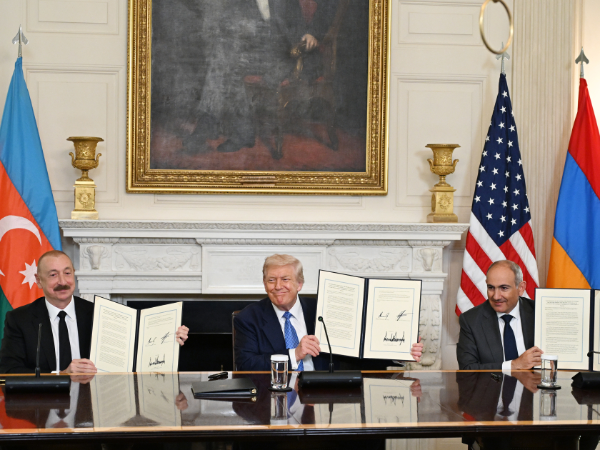November 20 – Agdam City Day
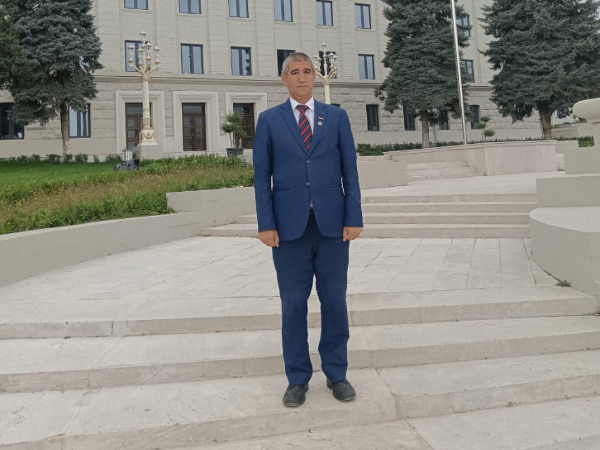
The
historical memory of Karabakh, a reborn cradle of culture
There are
cities in Azerbaijan whose names embody the memory of an entire region, the
destiny of a nation, the pain of wars, and the joy of victory. Agdam is one of
those cities. Marking November 20 as Agdam City Day is not only a commemoration
of a historical fact, but also a symbol of the city’s ancient past, the
tragedies of the occupation period, and its magnificent revival in modern
times. The name “Agdam” in ancient Turkic languages means “small fortress,” as
well as “sun-lit white house.” For centuries, Turkic tribes who settled on this
land built strong fortifications for defense, transforming Agdam into a place
of both strategic and cultural importance. The white-stone residence built here
in the 18th century by Panahali Khan, founder of the Karabakh Khanate, became
the architectural hallmark of the city. Archaeological research confirms that
the territory of Agdam hosted human settlements 6–8 thousand years ago, dating
back to the Eneolithic period. Excavations in Uzarliktapa revealed an essential
fact: Agdam was one of the earliest urban-type settlements in the Caucasus,
with a highly developed agricultural culture. Discovered wheat and grape samples
prove that this land has long been a cradle of ancient civilization. The fierce
battles for Agdam in 1993 lasted 42 days. On July 23, 73% of the district’s
territory was occupied by Armenian armed forces. This occupation destroyed not
only land but also history, culture, and urban life:
128,000
people were displaced;
More than
6,000 people were martyred;
90
villages and 882 km² of land were occupied;
271
cultural centres, 74 schools, 38 kolkhozes, 12 industrial facilities, and the
world’s only Bread Museum were destroyed;
Mosques
were desecrated, cemeteries demolished, geographical names were altered
Although
UN Security Council Resolution 853 unequivocally demanded the “immediate,
complete, and unconditional withdrawal of occupying forces from Agdam,” Armenia
ignored international law. The destruction committed in Agdam was not merely
vandalism—it was a systematic cultural genocide. Thanks to the Great Victory in
the 2020 Patriotic War, Agdam was returned to Azerbaijan on November 20, 2020,
without a single shot being fired, in accordance with the trilateral Statement.
This marked the restoration of historical justice and the saving of countless
lives. A special medal, “For the liberation of Agdam,” was established by
President Ilham Aliyev, and 5,790 servicemen were awarded orders and medals.
With the decree signed in 2023, November 20 was officially designated Agdam
City Day—a state-level acknowledgment of this historic moment. Agdam’s Master
Plan, approved in 2022, was the first among all liberated territories. The plan
envisions transforming Agdam into the largest city of Karabakh and the fourth
largest in Azerbaijan:
A new city
for 100,000 residents;
5 modern
residential districts;
Agdam
Industrial Park — the economic locomotive of the liberated territories;
Return of
hundreds of families under the “Great Return” program;
Restoration
of roads, water and power systems, schools, hospitals;
Reviving
cultural landmarks, parks, and green areas.
As of
October 2025, 3,318 people (825 families) have returned to Agdam. The Agdam
Industrial Park, created in 2021, now hosts 28 resident and 4 non-resident
entrepreneurs with a total investment volume exceeding 260 million AZN:
9
enterprises are already operating,
5
enterprises are under construction,
938 people
have permanent employment.
The
Industrial Park is a key pillar of Karabakh’s economic revival. In 2025, the
Agdam Mugham Center opened—an important cultural project aimed at restoring the
musical heritage of Karabakh. Its 474-seat hall, 15 classrooms, exhibition
gallery, and open-air amphitheater are set to transform Agdam into one of the
region’s cultural capitals. The restoration of architectural gems such as
Panahali Khan’s Palace Complex, the Juma Mosque, and Shahbulag Fortress revives
the historical identity of Agdam.
The Agdam
Railway and Bus Terminal Complex, inaugurated in 2025, has become a new
transportation hub:
Railway
capacity: 800–1000 passengers per day
Bus
capacity: 1300–1500 passengers per day
This marks
a strategic turning point in Karabakh’s logistics system. Between 2020 and
2025, President Ilham Aliyev made over 20 visits to Agdam, laying foundations
for numerous projects, inaugurating facilities, and launching the first construction
phases of villages.
The
President’s words define the essence of this mission: “The destroyed city of
Agdam stands as evidence of Armenian barbarism. We will rebuild Agdam and
restore all the villages. There should be no doubt about this.” Today, Agdam is
not just a city—it is a symbol of the Azerbaijani nation’s resilience, the
strength of our state, and the strategy of Karabakh’s revival.
November 20 – Agdam
City Day is:
a lesson
of history,
a
magnificent outcome of victory,
and the
birth date of a great future city.
Every
school, every park, every building rising here is a confident step toward
tomorrow.
Bayram
Khudayarov
Researcher
at the Physics Institute of the Ministry of Science and Education, Founder and
admin of the Facebook group 'Followers of the Heydar Aliyev School', Active
member of the New Azerbaijan Party (YAP)

